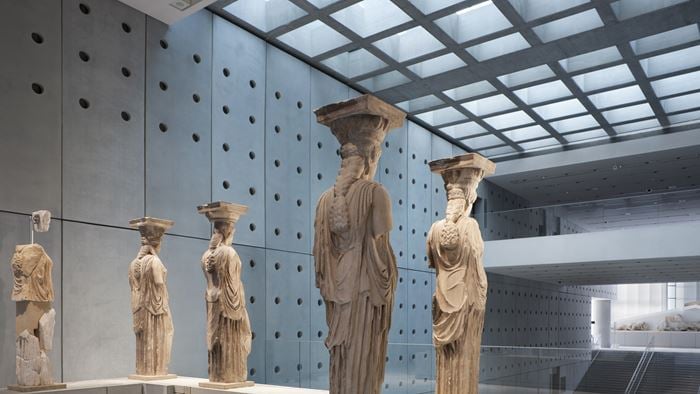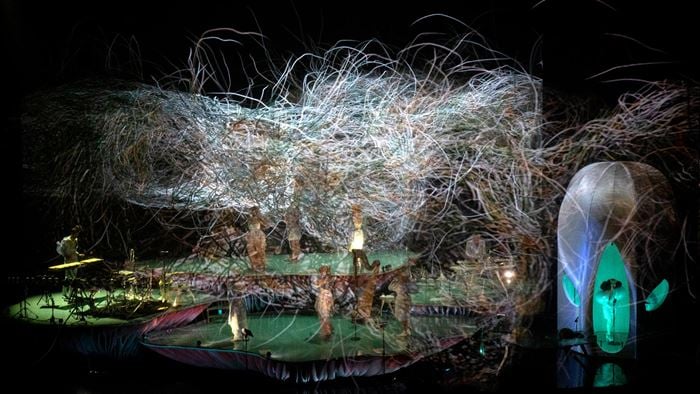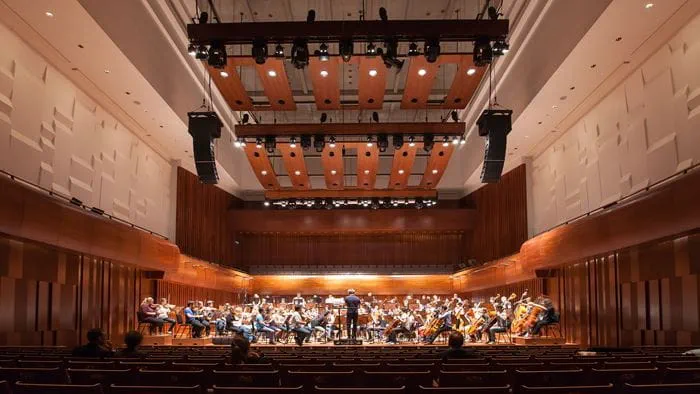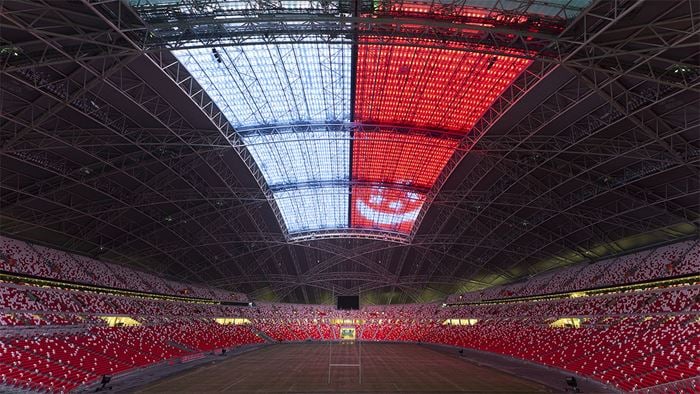
Ready to inspire
A country’s arts venues are where it shares its most important ideas. As places they allow incredible performances to stimulate every sense. And as designs they are often works of art, inspiring and encouraging the audiences they serve.
To achieve a great design, clients need a partner who understands the challenges and parallel objectives of these projects. Arup’s collaborative ethos enables us to realise these complex goals. Our breadth of disciplines and collaborative ‘Total Architecture’ philosophy means we value and share the creative vision that drives cultural projects.
Thought-provoking places
Arup has played a defining role in the development and design of some of the world’s favourite cultural buildings. From our work realizing the Sydney Opera House, the Centre Pompidou to our more recent work like the San Francisco MOMA or the Pinewood film studios extension, we understand what drives successful cultural projects. We work as partners to our clients, always approaching projects with insights into how to serve their needs and the needs of their audiences. We’re also able to help them understand how a project will fit into the wider urban landscape of transport systems, retail, public and private spaces.

Engineering experiences
Arup understands the performance environment. Our aim is always to design and engineer the architect’s vision so that completed venues perform as well as the artists who will appear in them. We bring a rigorous understanding of how the precise interplay of acoustics, materials, lighting, shape and space will produce spaces suitable for every kind of cultural encounter, from art to music, film-making to broadcast facilities.
The National Theater Taichung in Taiwan perfectly captures the breadth of the Arup approach: a structurally demanding, highly irregular design, housing three high-performance theatres.
A range of expertise
Understanding what produces a positive visitor experience is central to successful cultural buildings. For venues, backstage and auditorium must work hand-in-glove to produce an effective environment for performers, crew and audience alike. Security, object conservation, lighting design are all central to museums and galleries. Arup’s range of specialist design disciplines play a big role in producing these experiences. Our world-class expertise in acoustics and theatre consulting is pivotal to venues the world over.
Our daylighting expertise has been refined over decades, protecting works from the harsh Texas sunlight at the Menil Collection to our recent work on Jumex Museum, Mexico. We also advise on the most appropriate MEP solution for a project. We found innovative ways to reduce energy use by 30% at the V&A Museum’s Medieval & Renaissance Galleries, which must carefully house many delicate, centuries old treasures.

Arup has pioneered digital tools’ ability to improve the physical world. Our work on the Virginia Tech CreateCube represents the coming shift to hybrid environments, where digital technologies are used to enhance the experience of physical art. Our SoundLab modelling suite allows clients and public to experience how venues will look, feel, and sound, before they are built. We’ve even used these tools in creative collaboration with artists and musicians like Lou Reed and Nick Cave, producing immersive spatial experiences for the listener. And our MassMotion tool provides valuable data-driven insights into the movement of people in public spaces, informing better design choices.
An astonishing engineering feat
The Sydney Opera House was opened by Queen Elizabeth in 1973. With its shimmering sails and prominent position on Bennelong Point, this astonishing building has come to define its city, the nation of Australia and has become the benchmark for iconic building design, for the arts and beyond. Today, the Opera House is a busy performing arts centre, home of Opera Australia, The Australian Ballet and the Sydney Symphony.
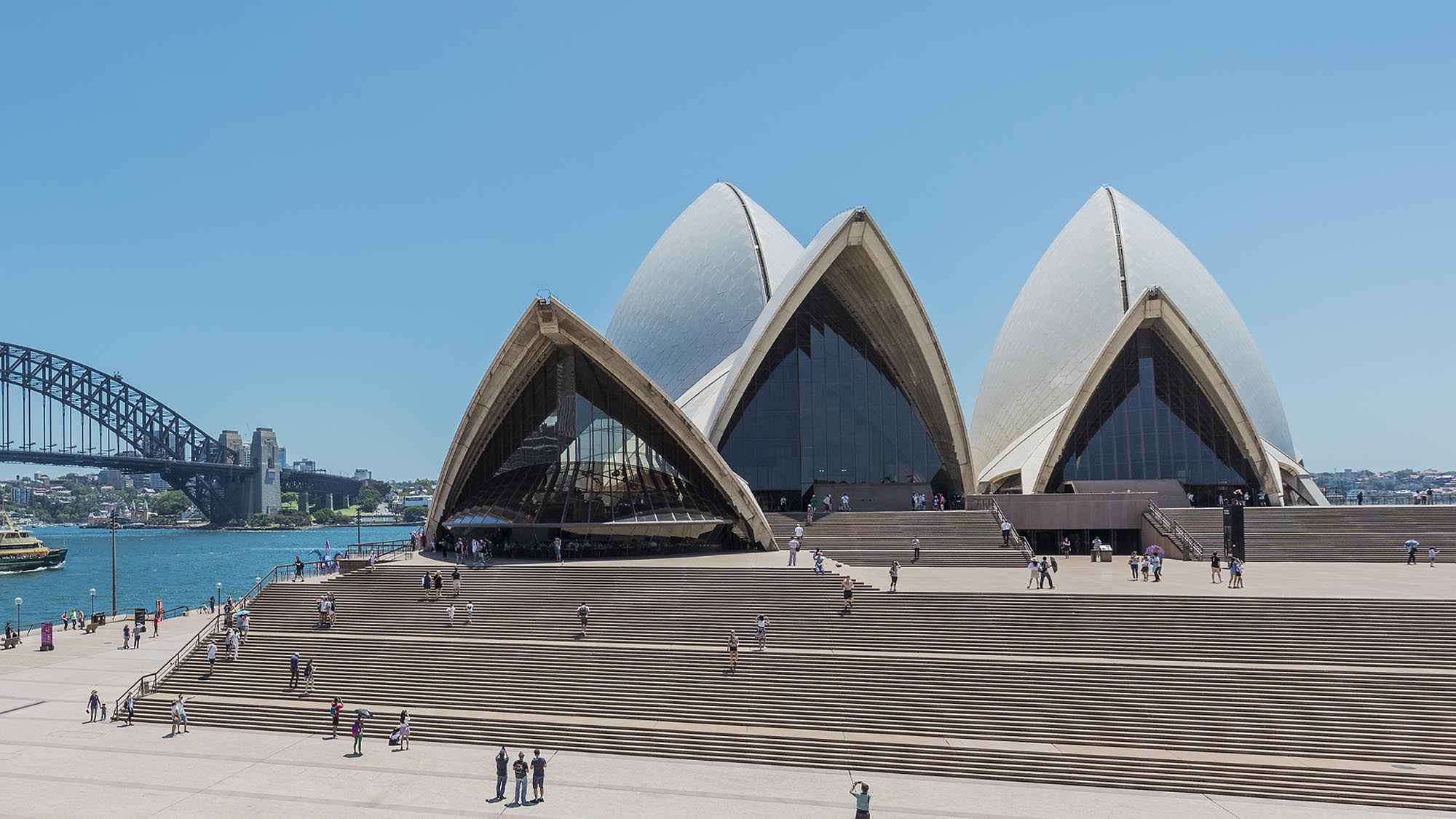 ;
;
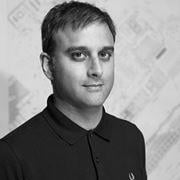
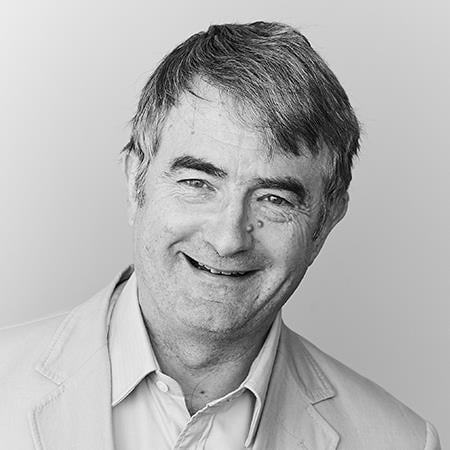
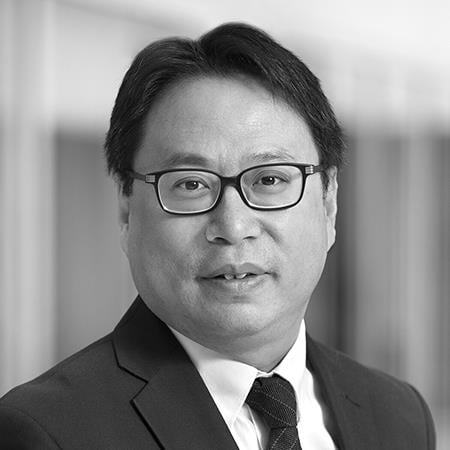
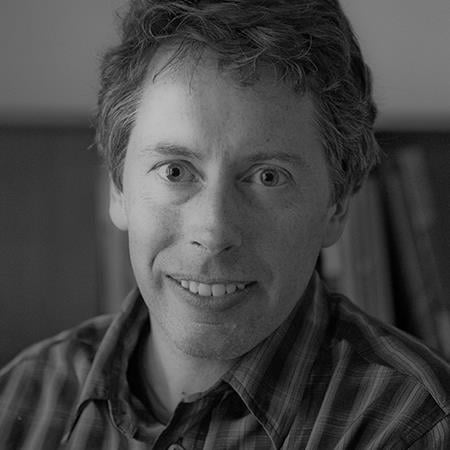
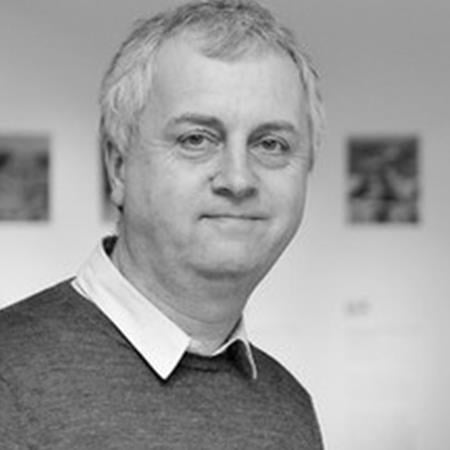







.jpg?h=394&mw=700&w=700&hash=3007FA37B7611E3D6E7476CEC8973B56)
